

SERIAL KILLERS BEFORE JACK THE RIPPER - PART
2
THE AMERICANS
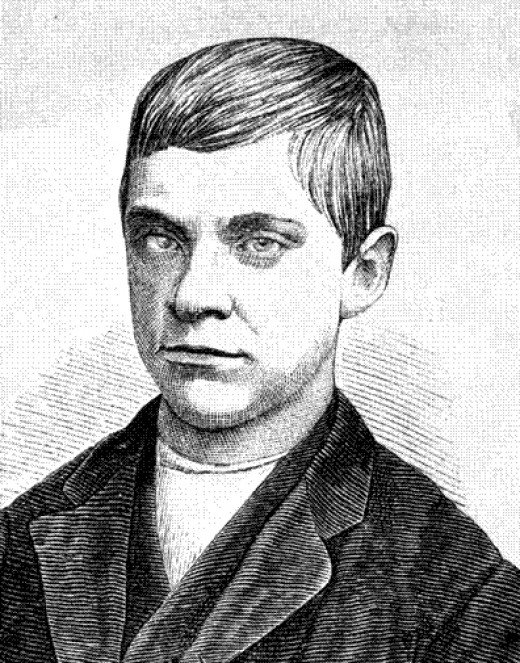
(Above) When Jesse Pomeroy was twelve years-old he was arrested for a series of brutal abduction-tortures of small boys. Sentenced to six-years in a reformatory, he was paroled two years later in February 1874 into his mother's custody because he appeared to have reformed. He went to work in his mother's neighborhood store.
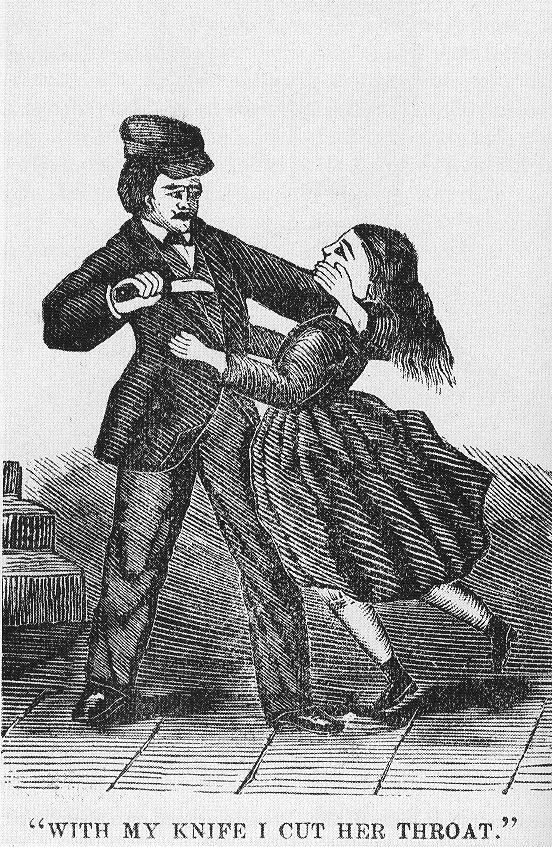
(Above) On an early morning in March 1874 while Pomeroy was opening his mother's store, ten-year-old girl Katie Curran came in on her way to school to buy a notebook. On a sudden impulse Pomeroy dragged her into the cellar and after mutilating her with a knife and killing her, buried her in the loose earth. Her body would not be found until after Pomeroy was arrested for his second murder.
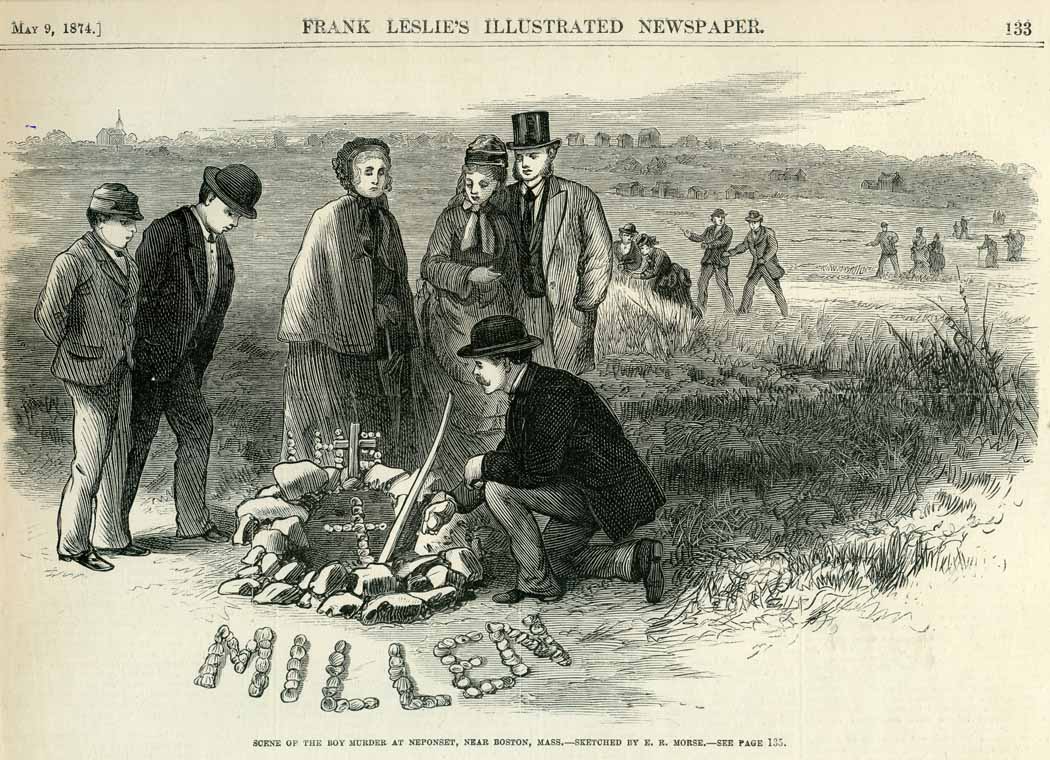
(Above) In April Pomeroy came upon four-year-old Horace Millen on a beach in Boston and mutilated and murdered him. Boston police officers familiar with his previous abduction-tortures when he was twelve-years-old turned their attention to Pomeroy as a suspect.
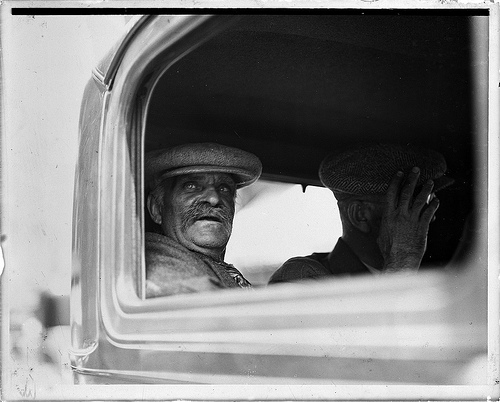
(Above) Pomeroy was sentenced to life imprisonment. He served forty-one years in solitary confinement before he was transferred into the regular prison population in 1917, where he remained until his death in 1932 at the age of seventy-two, after a total of fifty-six years in prison. Pomeroy remained a controversial prisoner throughout his sentence, making attempted escapes and launching lawsuits and bids for a pardon.
(Below) For decades afterwards whenever a juvenile was charged with a pathological or brutal act of sadistic violence, newspapers would run "ANOTHER JESSE POMEROY" headlines.
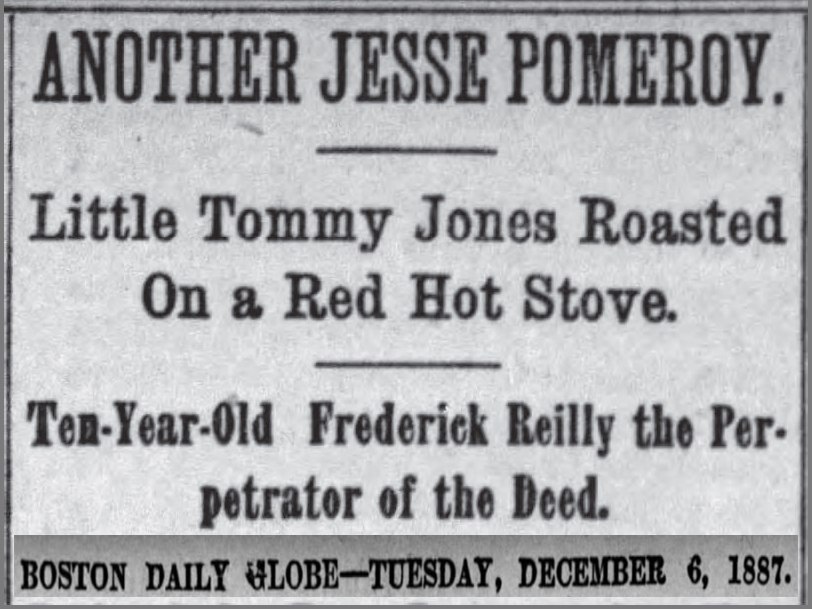
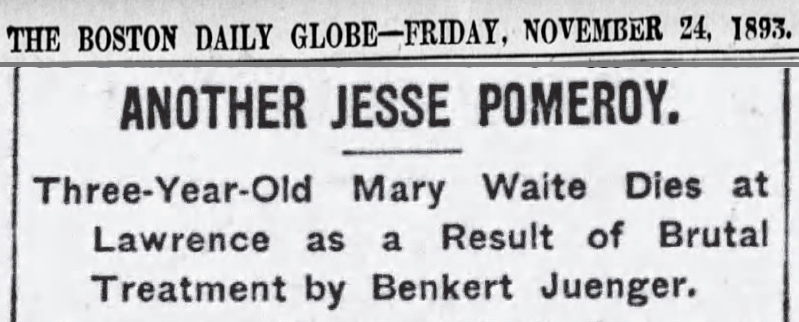
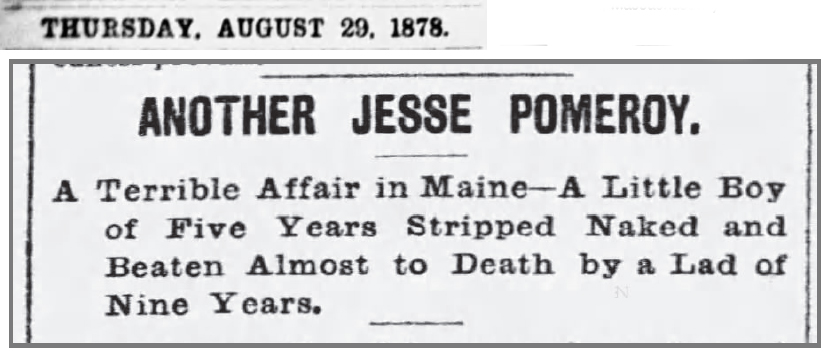
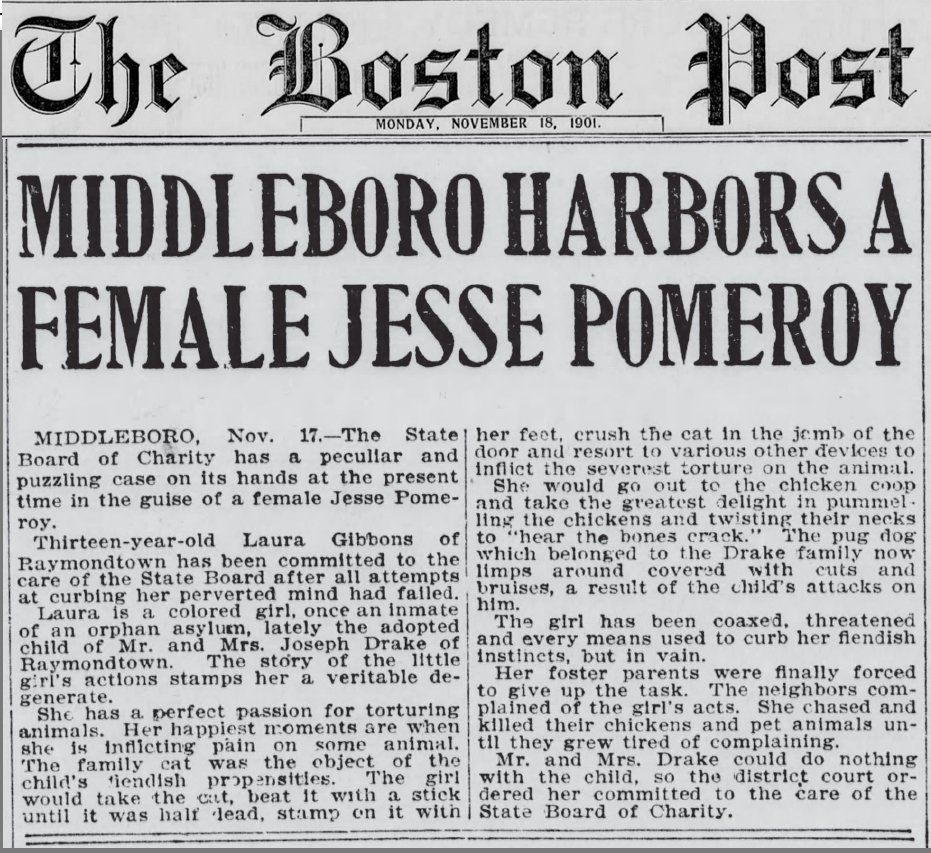
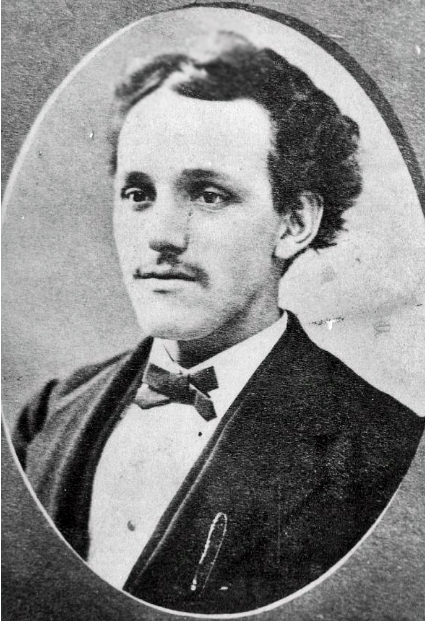
At his trial Piper claimed Mabel died accidentally when he took her up to the tower to “see the birdies” and the trapdoor, which he said he had propped open with the cricket bat, slipped and struck the girl on the head.
The case made forensic history when the prosecution brought in as their expert witness Dr. B. E. Cotting, a physician from Harvard Medical School, who presented one of the earliest weapon to cranial-injury comparisons, proving that the injuries were caused by a blow from the cricket bat and not the trapdoor. Piper confessed to an additional two unsolved murders of women, and a murder attempt, in Boston 1873-1875. Thomas W. Piper was executed on May 26, 1876.
(Illustrations) Warren Street Baptist Church in Boston, the scene of Mabel Young's murder; Mabel Young's skull entered into evidence and showing injuries indicative of a blow from a cricket bat, not a falling trapdoor.
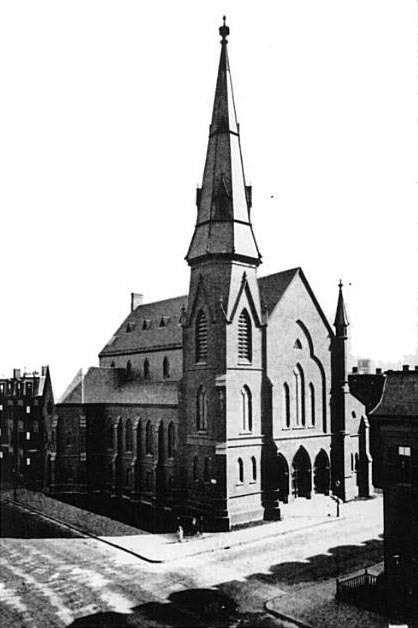
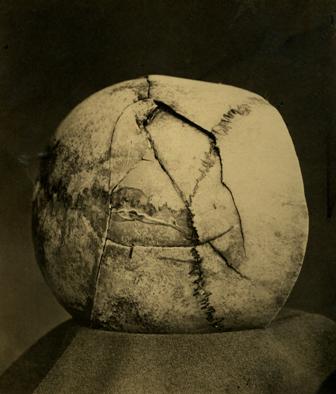
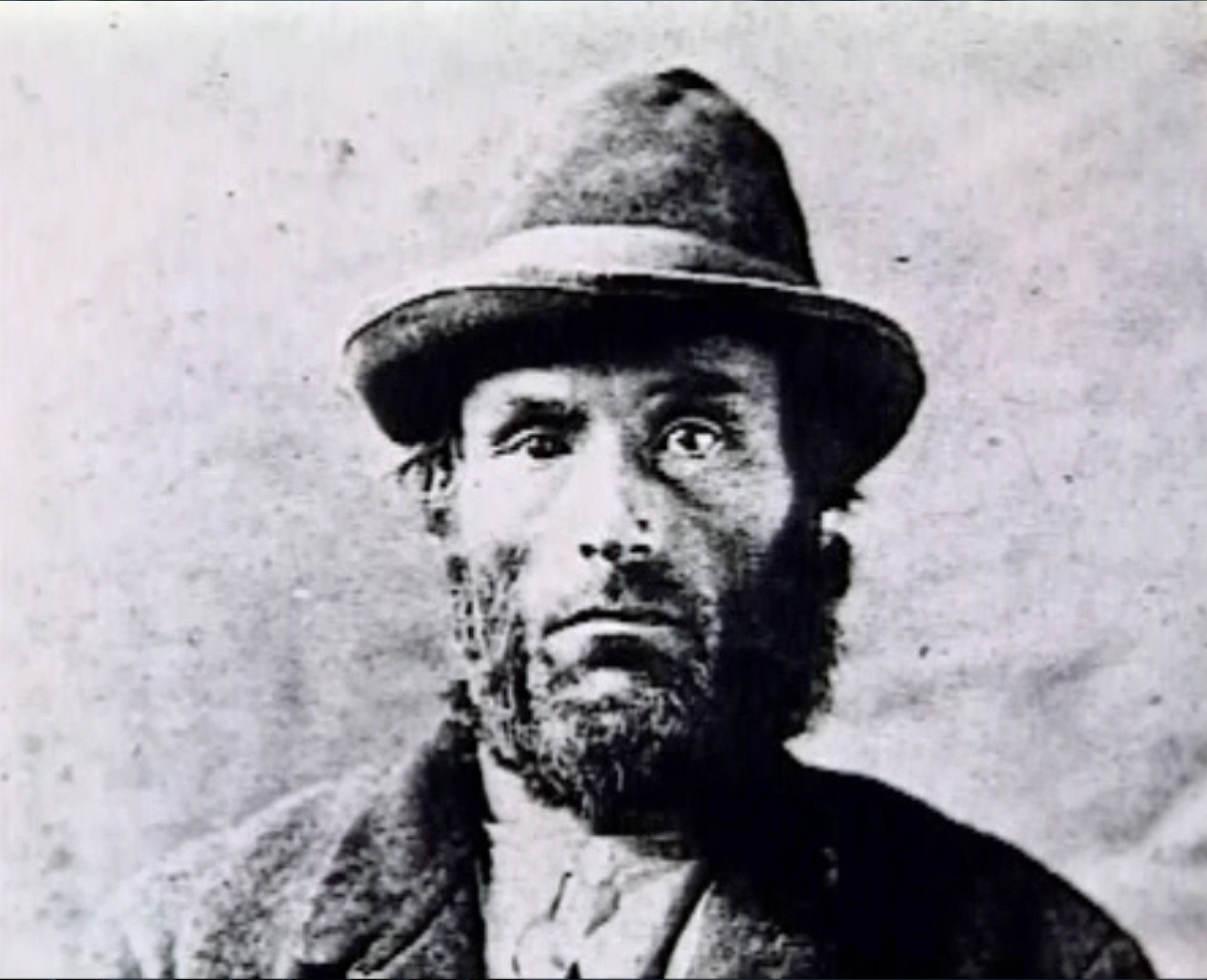
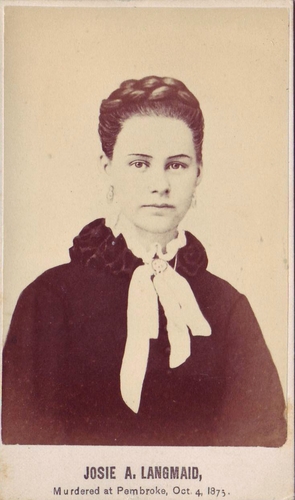
Photos of Josie Langmaid monument by Dave Rondinone
Photos of Josie Lanmaid monument by Dave Rondinone
